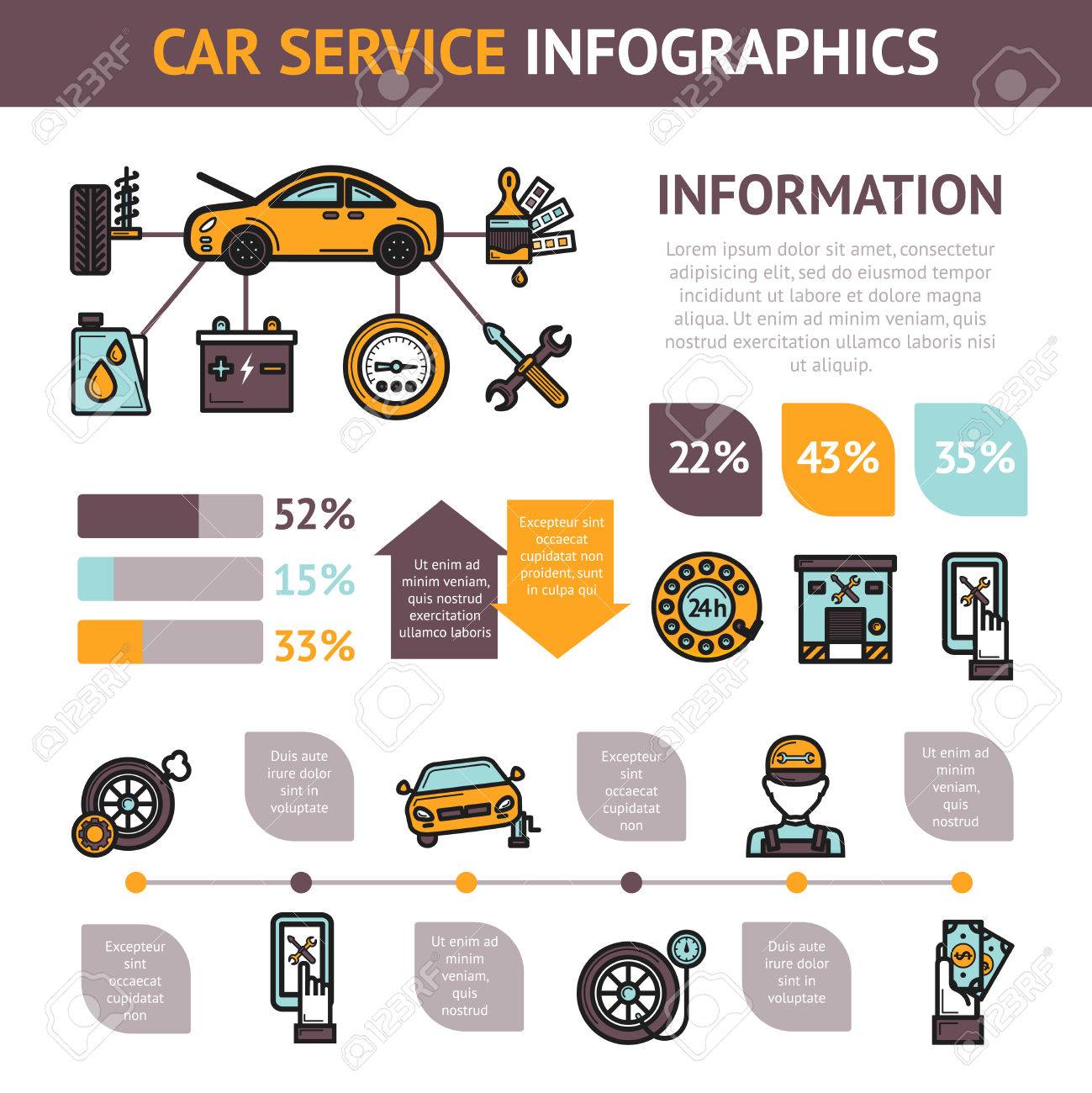A Novice'S Manual For Interpreting Your Vehicle'S Alert Lights
A Novice'S Manual For Interpreting Your Vehicle'S Alert Lights
Blog Article
Writer-Ditlevsen Mahmoud
When you're behind the wheel, those little warning lights on your auto's control panel can be rather difficult. What do they mean, and should you be concerned? Understanding these signals is critical for your lorry's health, yet it does not have to be a challenging task. By decoding the enigma behind each light, you'll be equipped to handle prospective concerns successfully and maintain your automobile running smoothly. So, next time a warning light flashes, don't panic - arm on your own with knowledge and take control of the scenario.
Relevance of Auto Caution Lights
Comprehending the importance of your car's caution lights is critical for maintaining your automobile's health and safety. These lights serve as your automobile's communication system, notifying you to prospective concerns that can endanger your safety and security on the road or result in costly repair services if disregarded. By paying attention to these cautions, you can address troubles early and avoid further damages to your car.
Neglecting cautioning lights can result in significant effects, such as engine failure, brake breakdowns, or perhaps crashes. These lights are made to notify you of problems varying from reduced tire pressure to engine breakdowns, giving you the possibility to do something about it prior to the circumstance aggravates. Consistently checking and comprehending these warnings can save you time, cash, and ensure your security while driving.
Along with maintaining you safe, reacting without delay to alerting lights can also aid extend the life-span of your car. By addressing concerns beforehand, you can stop little troubles from escalating right into significant fixings, ultimately saving you money and time in the long run. Keep in mind, your cars and truck's warning lights are there for a reason - do not overlook them!
Common Caution Lighting and Meanings
When it concerns driving your auto, understanding usual caution lights and their meanings is necessary for your safety and security and car maintenance. Below are a few common warning lights you might run into:
1. ** Inspect Engine Light **: This light shows a problem with your engine. It could be something small like a loosened gas cap or something much more significant like engine misfiring.
2. ** Battery Light **: This light signals a problem with your automobile's billing system. It can show a defective battery, generator, or other related elements.
3. ** Oil Stress Light **: When this light begins, it suggests your engine may be running low on oil or experiencing reduced oil stress, which can cause engine damages if not dealt with immediately.
4. ** Brake System Light **: This light indicates an issue with your stopping system. It might mean low brake liquid levels or a problem with the brake system that needs prompt attention.
Comprehending these common warning lights will certainly assist you recognize potential concerns early and avoid more significant troubles down the road.
How to Reply To Caution Lighting
In case a warning light illuminates on your car's control panel, it's essential to react promptly and suitably. When a warning light comes on, the primary step is to consult your owner's guidebook to comprehend the certain issue shown by the light.
scottsdale protech hours call for prompt attention, while others may indicate a much less urgent matter. If https://brake-rotor-replacement-c51739.webdesign96.com/31716723/gain-insights-into-the-application-of-environmentally-friendly-methods-in-your-automobile-service-center-to-lessen-ecological-impact-and-foster-sustainability-explore-much-more-in-this-comprehensive-article is red or blinking, it's typically a sign of a significant issue that needs immediate activity. In such situations, it's advisable to pull over safely, switch off the engine, and seek specialist help.
For yellow or orange warning lights, while they may not require prompt interest, it's still essential to attend to the hidden issue promptly to stop further damages. Normal maintenance and inspection can aid protect against warning lights from beginning unexpectedly.
Verdict
Finally, understanding your car's caution lights is essential for maintaining your car's health and safety. By frequently inspecting and replying to these cautions, you can attend to potential problems early and avoid costly repairs or safety and security risks. Remember to consult your proprietor's guidebook for details on various caution lights and constantly take instant action for red or blinking lights. Keep mechanic tool set and maintain your auto running efficiently!
